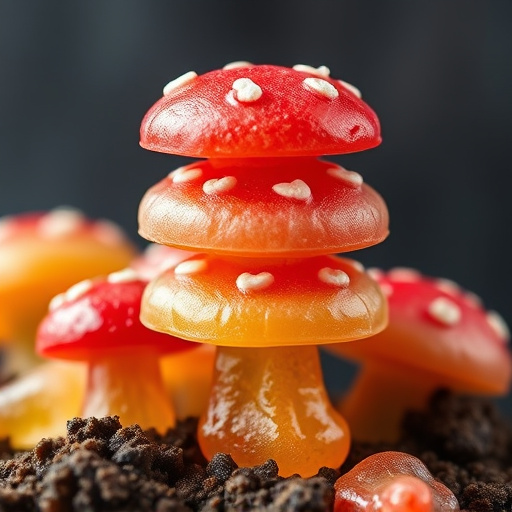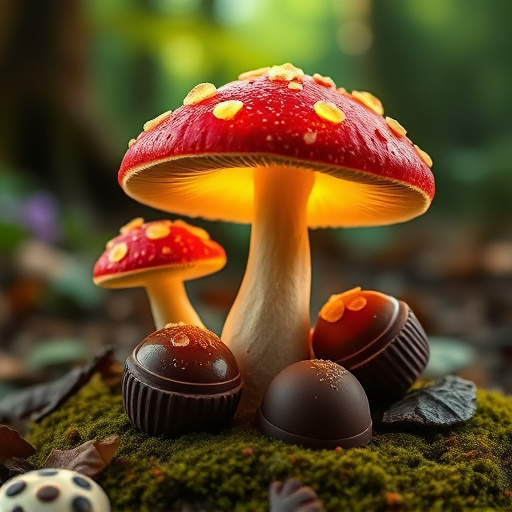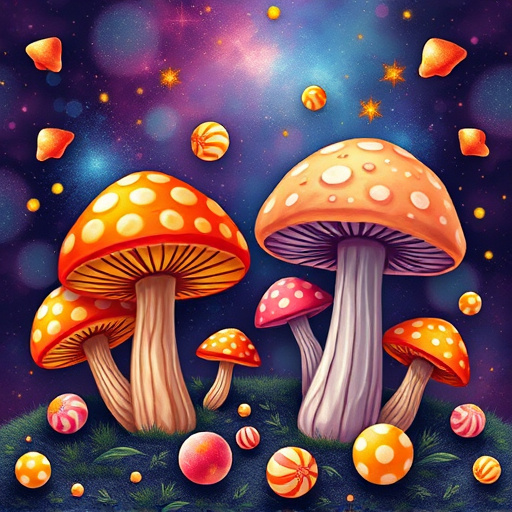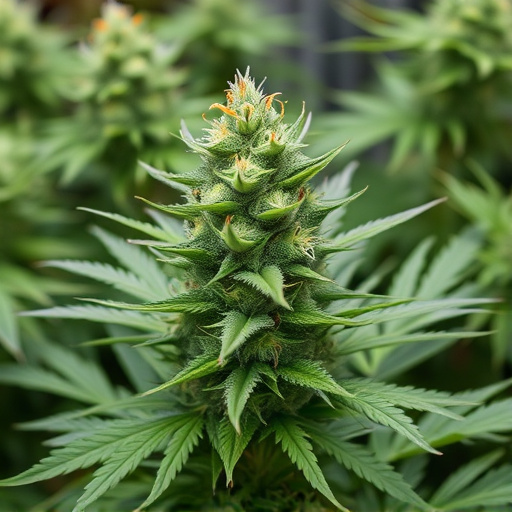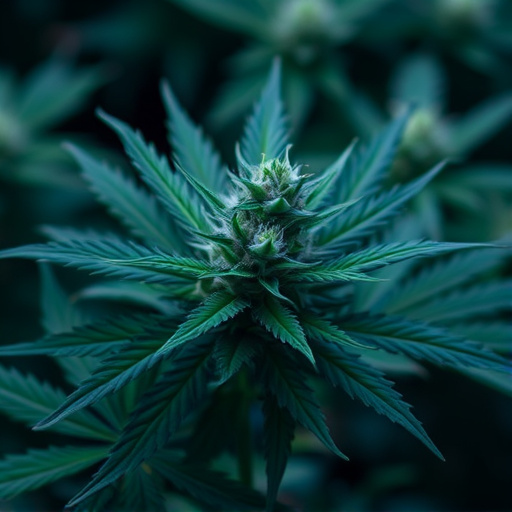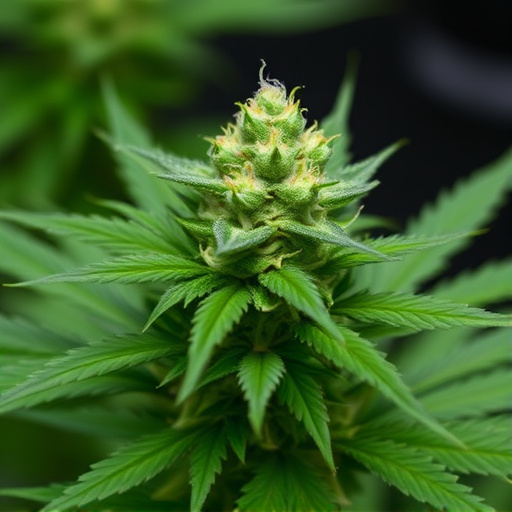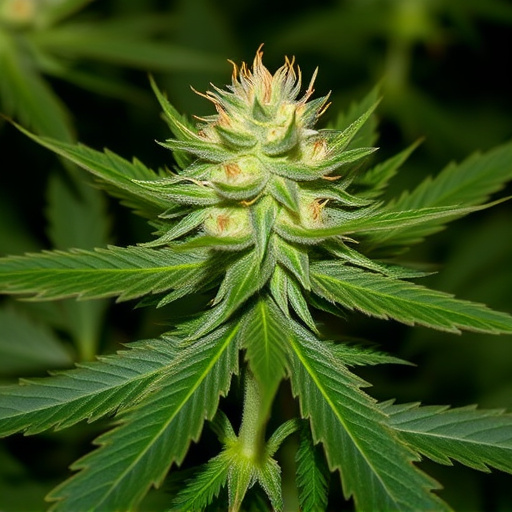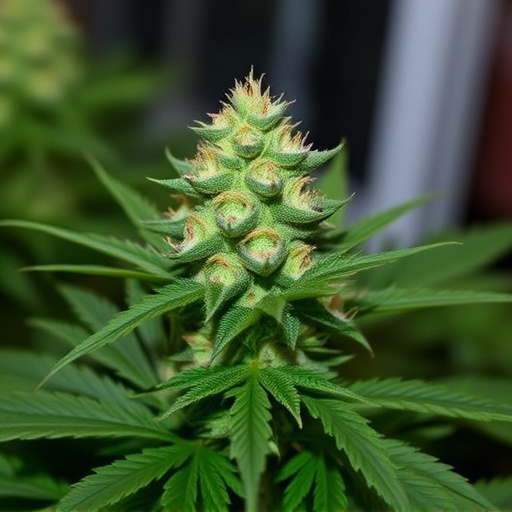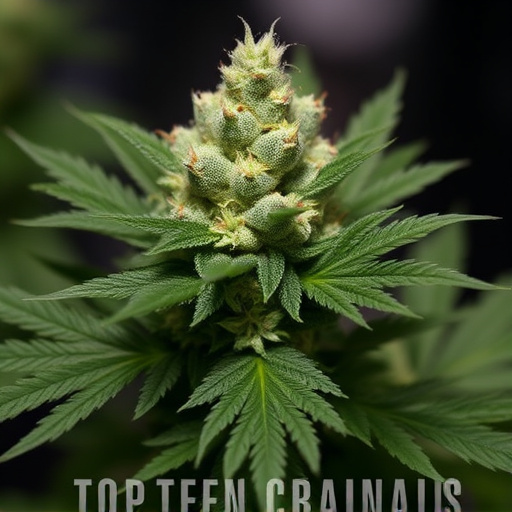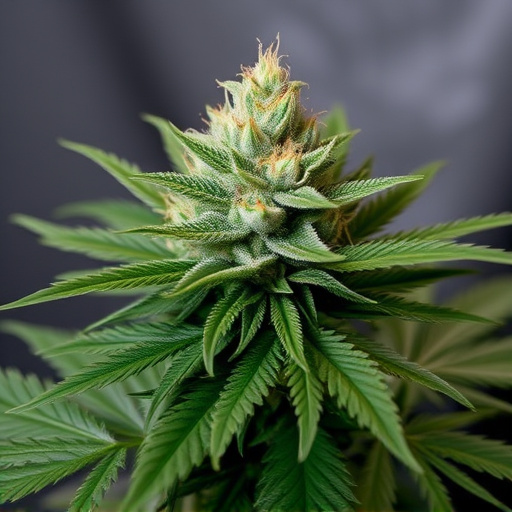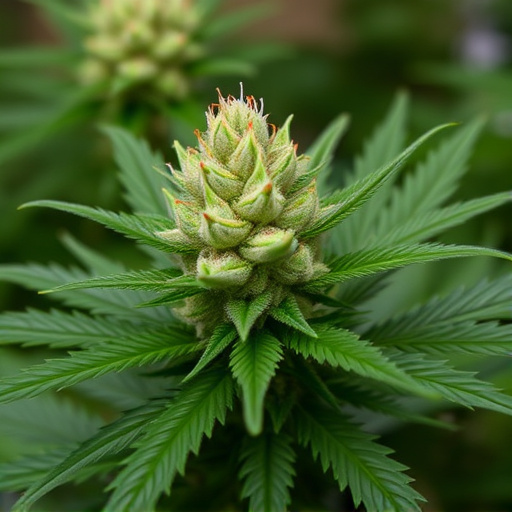In 2016, the diverse world of cannabis revealed its aromatic secrets through the lens of terpenes—organic compounds shaping the unique scent and flavor profiles of the top ten cannabis strains. Terpenes like myrcene (skunky notes), limonene (citrusy), and linalool (floral) interact with cannabinoids, creating a sensory experience that ranges from earthy musk to floral hints. Strains like Blue Dream and Granddaddy Purple, rich in myrcene, showcase the therapeutic potential of these aromatic compounds while offering users a variety of distinctive aromas across different strains.
The distinct skunk-like aroma associated with certain cannabis strains has fascinated and divided users since time immemorial. Beyond the popular myth of a ‘skunk’ connection, this pungent characteristic is driven by terpenes—organic compounds responsible for the diverse aromas in cannabis and other plants. This article delves into the intricate world of terpenes, their impact on skunkiness, and how genetic breeding and cultivation techniques shape these scents, providing insights that even the most seasoned cannabis enthusiasts may find surprising.
While the top ten cannabis strains of 2016 offered diverse experiences, the underlying terpene profiles often contributed to their unique—and sometimes skunky—aromas.
- Terpenes and Skunkiness: The Unseen Culprits
- – Explanation of terpenes and their role in cannabis aroma
- – How certain terpenes contribute to the skunky smell
Terpenes and Skunkiness: The Unseen Culprits

Terpenes, often referred to as the “unseen culprits,” play a significant role in the skunkiness associated with certain cannabis strains. These aromatic compounds, produced by cannabis plants, are responsible for many of the distinct smells and flavors we experience. While some terpenes contribute to pleasant aromas, others, like myrcene, limonene, and linalool, are known to evoke a skunky or pungent scent.
In the top ten cannabis strains of 2016, it’s interesting to note that different varieties showcase varying levels of these terpene profiles. Strains with higher concentrations of myrcene tend to have more pronounced skunkiness, while others may lean towards citrusy or floral notes due to their limonene and linalool content. This chemical diversity within the cannabis plant contributes to the unique experiences users can expect from different strains.
– Explanation of terpenes and their role in cannabis aroma

Cannabis enthusiasts and scientists alike have long recognized that the aroma of cannabis is more than just a pleasant scent—it’s a complex blend of chemical compounds, with terpenes playing a pivotal role. Terpenes are aromatic organic compounds that occur naturally in many plants, including cannabis. They contribute significantly to the distinctive smell and flavor profiles we associate with different strains. In cannabis, terpenes not only influence the scent but also interact with cannabinoids like THC and CBD, potentially enhancing or modifying their effects.
When considering the top ten cannabis strains of 2016 (or any year), it’s evident that skunky aromas are often a result of specific terpene profiles. For instance, myrcene, one of the most prevalent terpenes in cannabis, is known for its earthy, musky, and slightly skunk-like notes. Strains rich in myrcene tend to have more pronounced skunky scents. Limonene, another common terpene, offers a citrusy aroma, while linalool contributes floral and herbal nuances. The unique combination of these terpenes, along with other minor compounds, creates the diverse array of aromas we experience across different cannabis strains.
– How certain terpenes contribute to the skunky smell
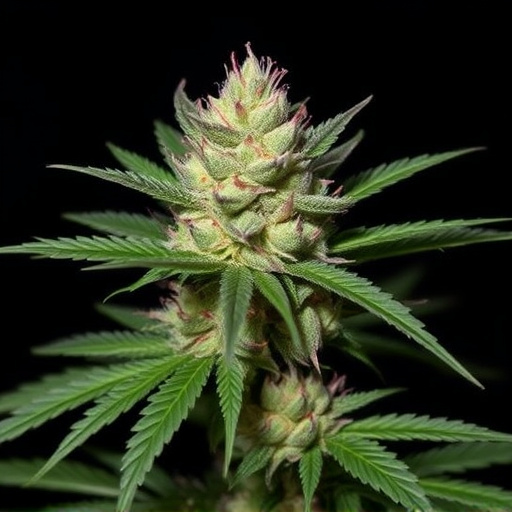
The distinctive skunk-like aroma associated with cannabis is largely attributed to a group of volatile compounds called terpenes, which are natural organic compounds responsible for the characteristic scents of many plants. In cannabis, specific terpenes like myrcene, limonene, and terpinolene play a significant role in shaping the overall fragrance profile. These terpenes not only contribute to the skunkier notes but also offer diverse sensory experiences, adding complexity to the cannabis bouquet.
In 2016, when the top ten cannabis strains were analyzed, it was observed that certain varieties stood out for their rich terpene profiles, particularly those with higher concentrations of myrcene. This terpene is known for its earthy, musky scent and has been linked to potential therapeutic effects, including anti-inflammatory and analgesic properties. Strains like “Blue Dream” and “Granddaddy Purple” from that year’s top ten list were renowned for their robust skunk and floral aromas, thanks to the dominant presence of myrcene and other terpene compounds.
In the ever-evolving landscape of cannabis, understanding the factors that contribute to its distinct aromas is key. Terpenes, often referred to as the unseen culprits, play a significant role in shaping the scent profiles we associate with different strains. As evidenced by the top ten cannabis strains in 2016 and beyond, skunkiness can range from subtle hints to overpowering notes. By recognizing how specific terpenes like myrcene, limonene, and pinene influence this characteristic, cultivators and consumers alike can better navigate the diverse aromas in the market, ensuring a more enjoyable experience tailored to individual preferences.

